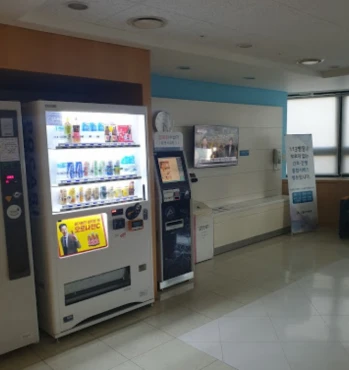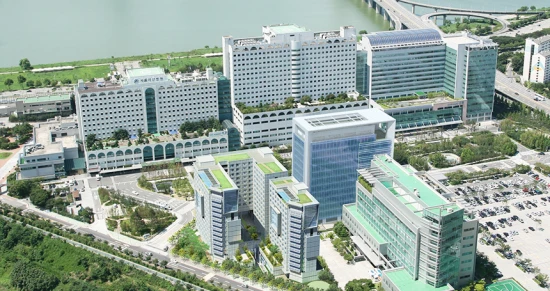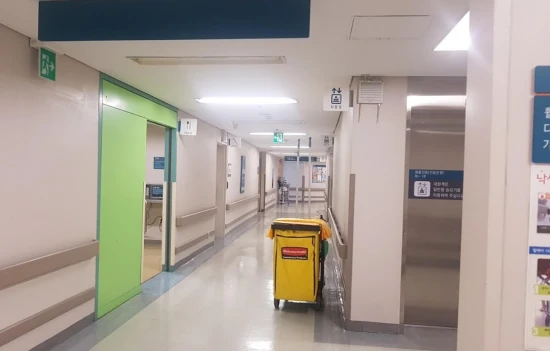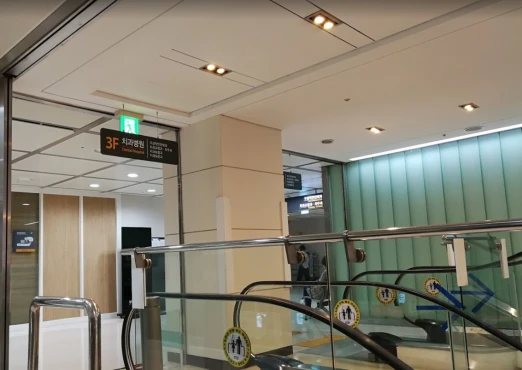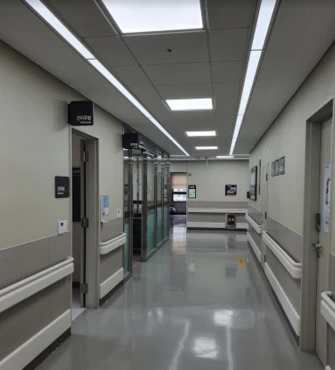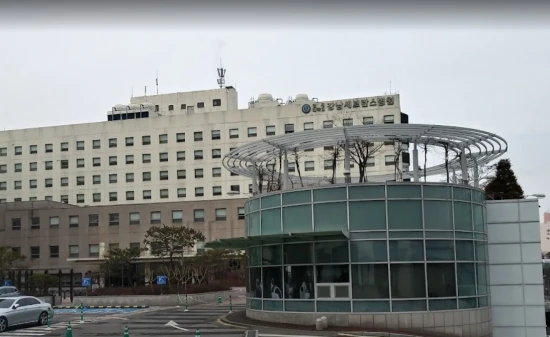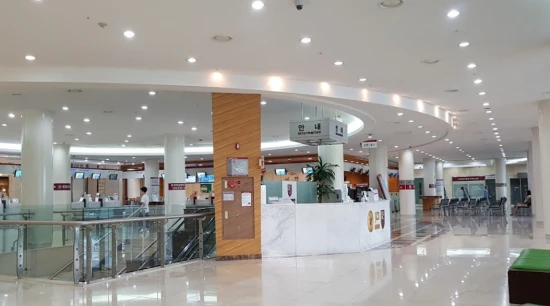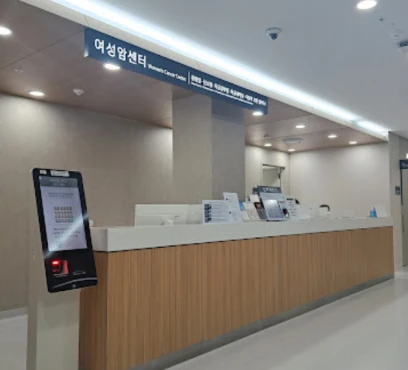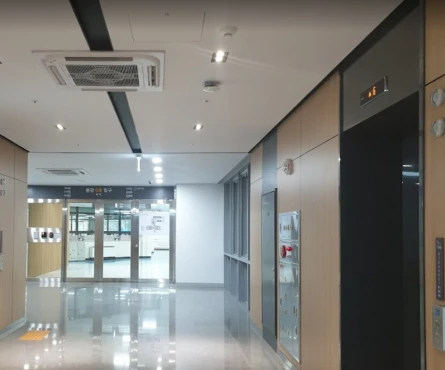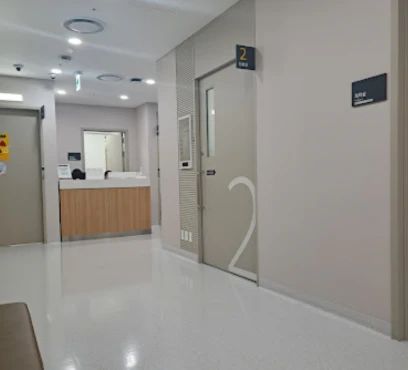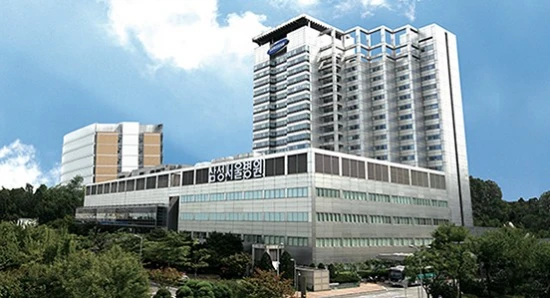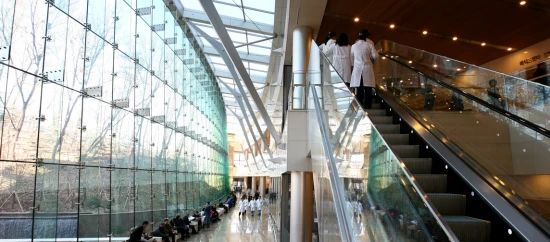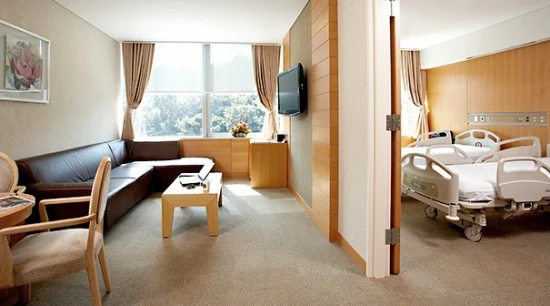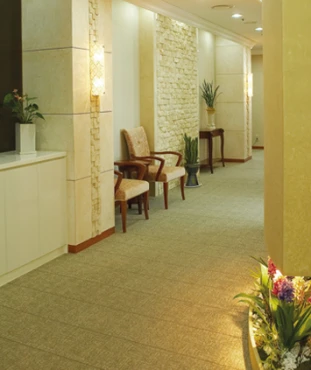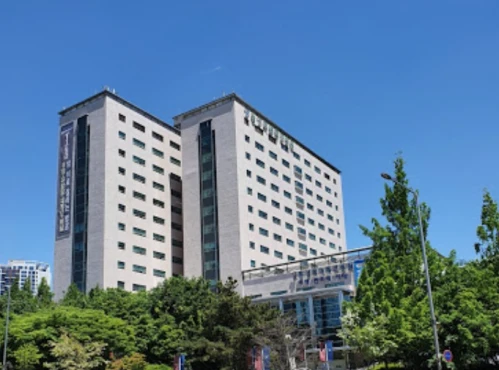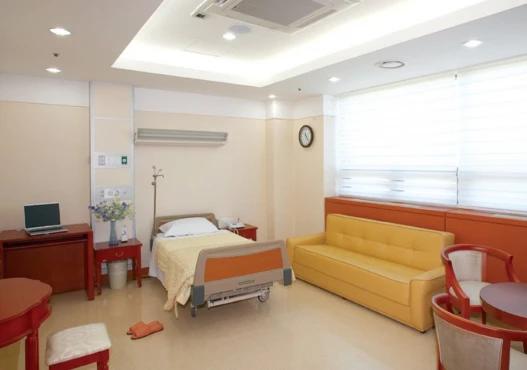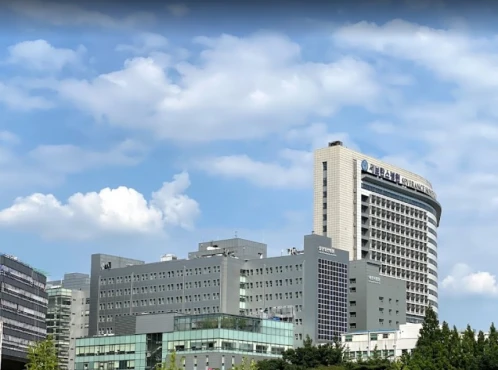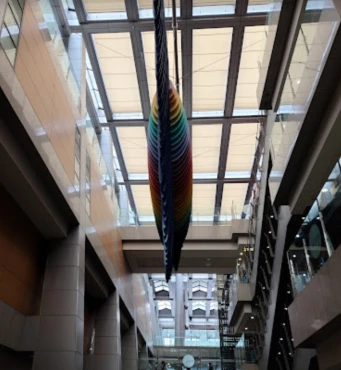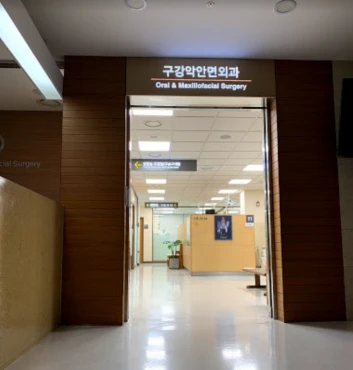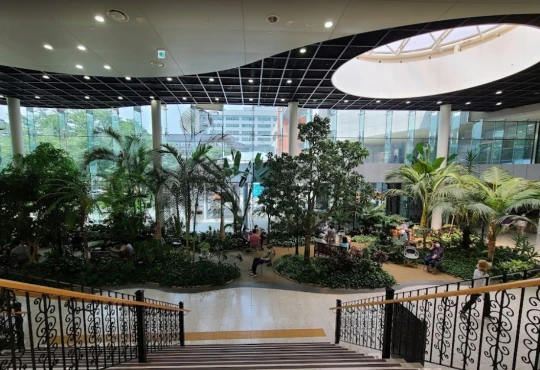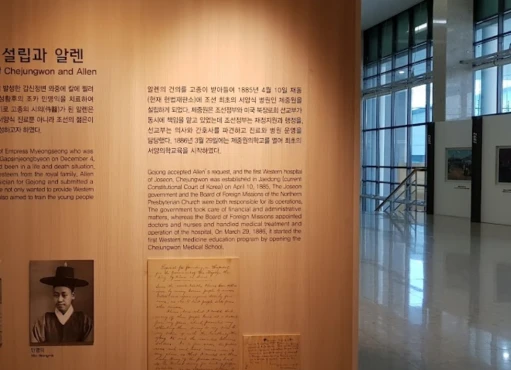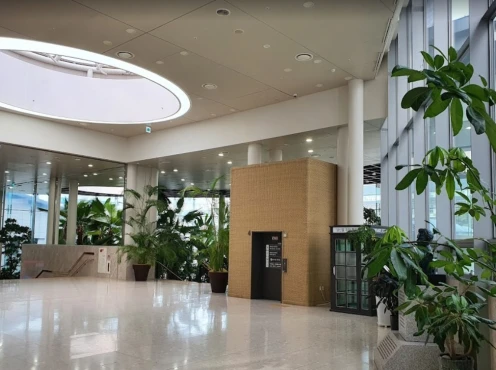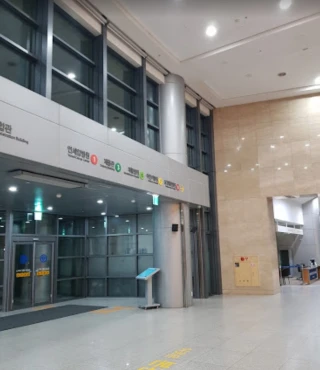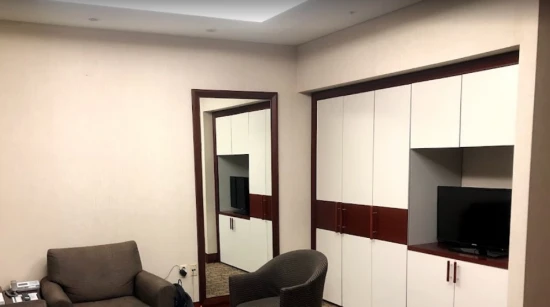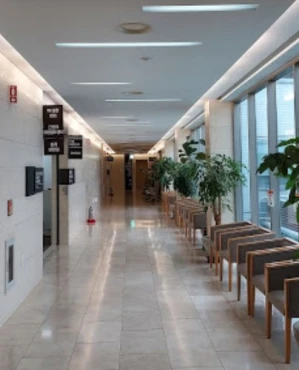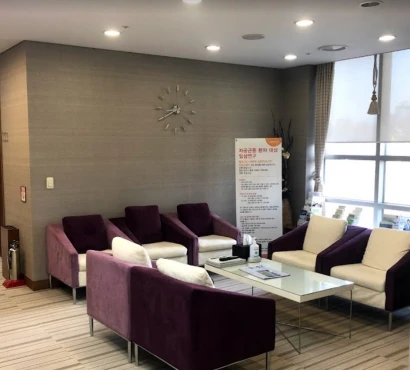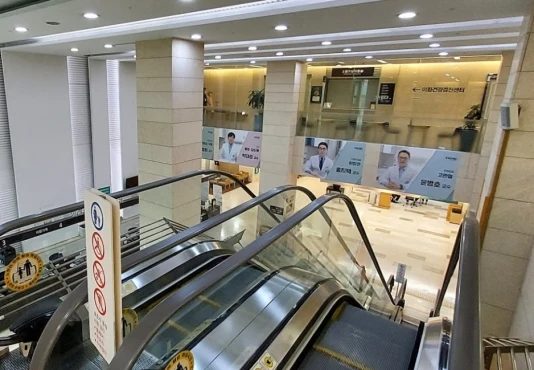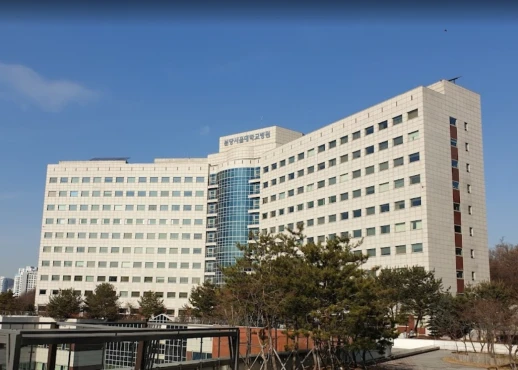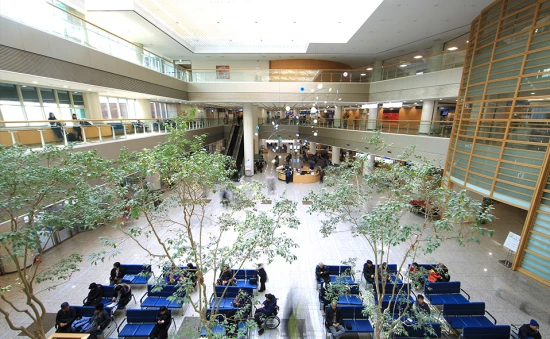Shoulder arthroscopy is a minimally invasive surgical procedure used to diagnose and treat problems within the shoulder joint. A small camera, called an arthroscope, is inserted through tiny incisions to allow the surgeon to view and repair damaged tissues, such as torn rotator cuffs, cartilage, or ligaments. This technique typically results in less pain and a faster recovery compared to open surgery.
Shoulder arthroscopy procedure, Aortoiliac occlusive disease (AIOD) treatment in 2 clinics in Seoul with additional parameter
2 clinics specializing in Orthopedic surgery and Vascular surgery providing
Shoulder arthroscopy
Shoulder arthroscopy is a minimally invasive surgical procedure used to diagnose and treat a range of shoulder conditions by inserting a small camera and instruments into the shoulder joint through small incisions to visualize and repair any damage.
Read more...
procedure, treatment of
Aortoiliac occlusive disease (AIOD)
Aortoiliac occlusive disease (AIOD) is a condition characterized by the narrowing or blockage of the abdominal aorta and/or iliac arteries, which supply blood to the lower extremities. It can lead to leg pain, claudication, and may require intervention such as angioplasty or bypass surgery.
Read more...
in Seoulwith additional parameter of rating.

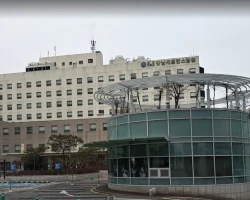
Nearby clinics in Seoul (South Korea)
Perhaps you should consider the following clinics we have found nearby basing on your selection.



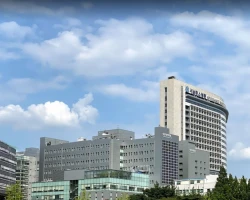
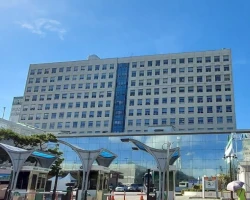
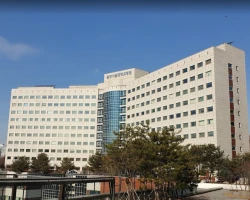
Procedure price distribution in Seoul
Shoulder arthroscopy:
Procedure prices in popular countries:
Shoulder arthroscopy:
Countries with the highest number of clinics offering the procedures treatment:
Shoulder arthroscopy:
Clinics grouping by rating
Clinic with the highest rating of 5 — Gangnam Severance Hospital in Seoul, South Korea, clinic with the most reviews number of 516 — Asan Medical Center in Seoul, South Korea.
With rating 4.0 and over — 2 clinics .
Countries with the highest number of clinics treating the diseases:
Aortoiliac occlusive disease (AIOD):
Related procedures:
Aortoiliac Occlusive Disease (AIOD): Insights into Causes, Symptoms, and Treatment
Aortoiliac occlusive disease (AIOD) is a condition where the aorta and iliac arteries become narrowed or blocked, typically due to atherosclerosis, leading to reduced blood flow to the lower body. Symptoms may include leg pain or cramping during walking (claudication), numbness, and in severe cases, skin changes or ulcers on the feet. Treatment ranges from lifestyle changes and medications to manage atherosclerosis to more invasive options like angioplasty, stenting, or bypass surgery to restore blood flow.
- Isabella Gonzalez, M.D.



